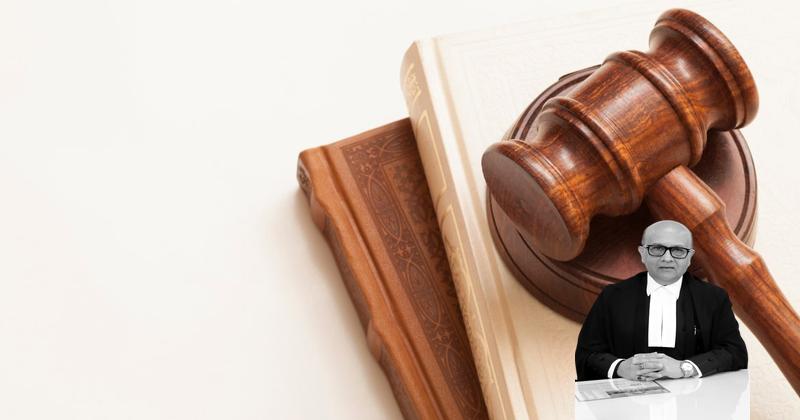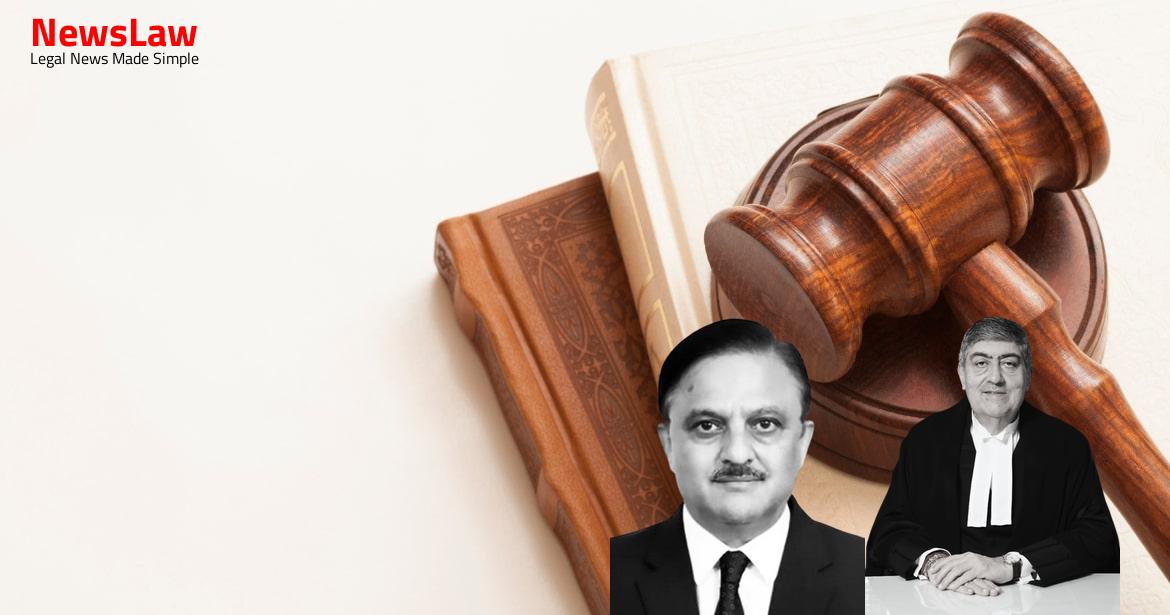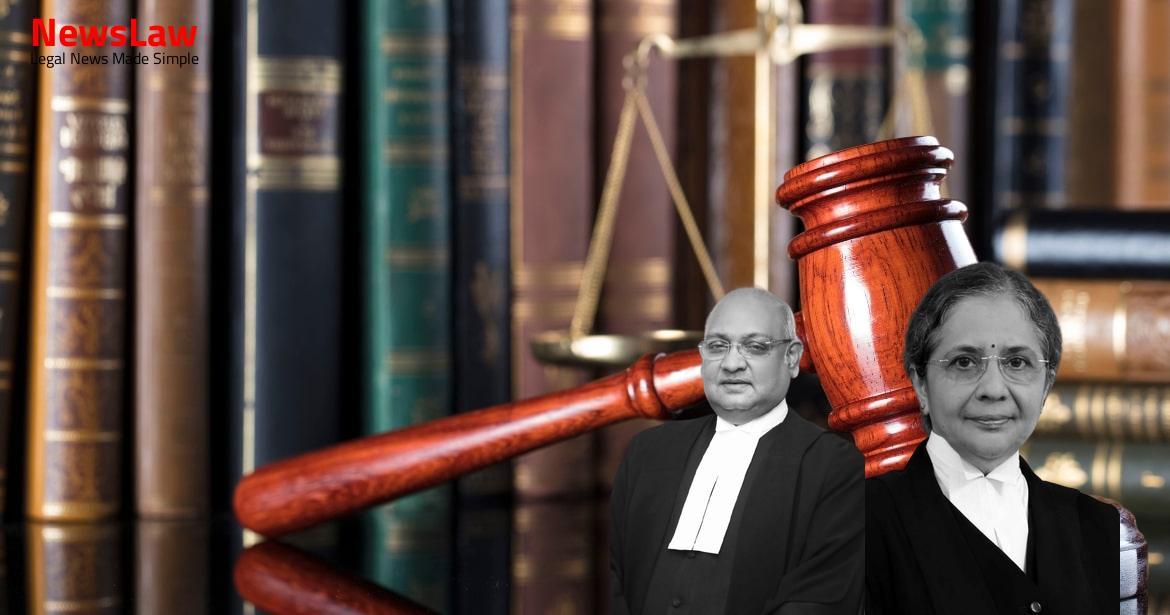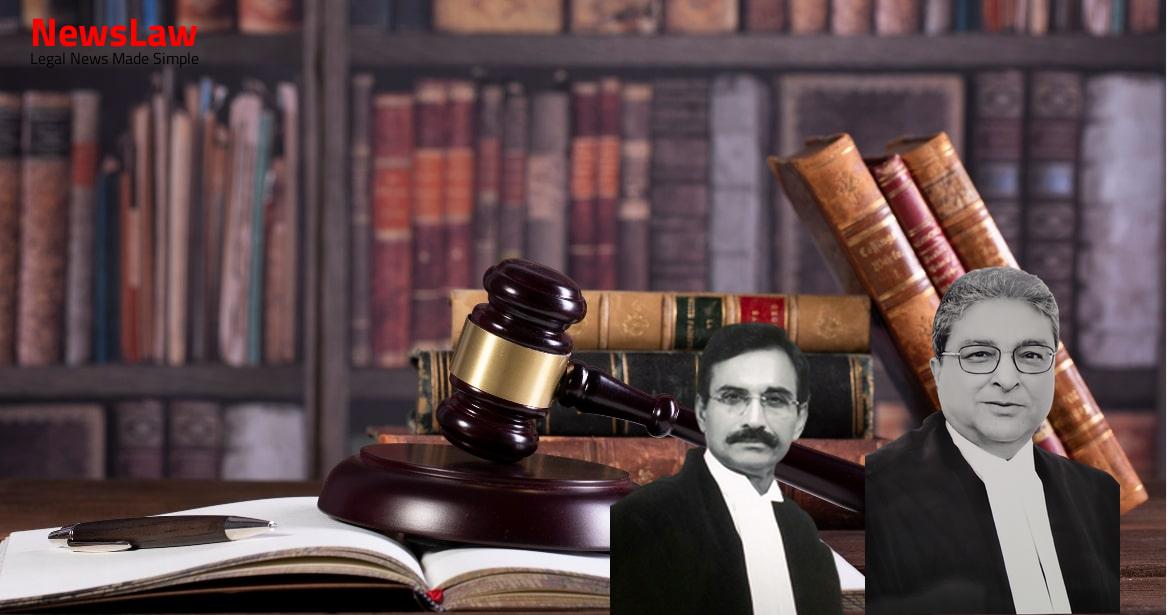01.02.2010, at around 1400 hours, the accused came to the house of PW2, while PW8 was there, fought with PW8 and told her that he would kill Sundariya and set the house on fire; when PW2 returned from his shop at around 1900 hours, on getting the above information, he telephoned Madhuri (PW4), daughter of Sundariya, who informed PW2 that her father had taken her mother on a bicycle towards the field while making utterances that he would kill her. P-10), on 02.02.2010, at 1400 hours, a moss coloured full shirt and dark brown full pant with blood stains on them, three blood-stained stones with hair stuck on it and one old hero jet cycle were recovered from that hut. As there existed no eyewitness account of the murder, the prosecution rested its case on circumstances, inter alia, (a) the accused bore a grudge against his wife for keeping jewellery with her sister (PW8); (b) on the fateful day, during day time, accused on that count, quarrelled with PW8 and threatened to kill the deceased and set the house on fire; (c) in the evening of that fateful day, the accused quarrelled with the deceased and took her with him on a bicycle, while extending threats that he would kill her; (d) later, that evening, the deceased was found in a seriously injured condition; (e) the deceased died on account of those injuries; and (f) blood-stained clothes etc.
(ii) PW-2 – Kamla Singh Rathore (the informant)
Also Read: https://newslaw.in/supreme-court/selection-and-appointment-of-judicial-officers-in-himachal-pradesh/
He deposed about — receipt of information, at 1900 hours, of the quarrel that took place on the fateful day during day time; search operation; discovering the deceased, at around 2000 hours, in an injured condition near railway track; rushing her to the hospital; the deceased succumbing to her injuries on way to the hospital; and lodging of FIR. When she told him that her father had taken her mother and had asked her to remain in the house, her maternal uncle came to the village in search of her mother.
Sunil Khanna (Autopsy Surgeon)
He proved the autopsy report (Ex.P-8) wherein he recited eight lacerated wounds, ante mortem in nature, caused by hard and blunt object within 24 hours of examination conducted on 02.02.2010 at 1100 hours According to his opinion, deceased died within 24 hours of the examination, on account of head injuries leading to haemorrhage, resultant shock and cardio respiratory failure.
During cross examination, he stated that if train is moving and any person, walking on foot, gets dashed by the train then such injuries may occur. During cross-examination, at the instance of prosecution, she stated that there was theft at Sundariya’s place therefore, for security reasons, Sundariya had kept her gold and silver at her house which, a week before the incident, were sent by her to the house of Sundariya. He deposed about — arresting the accused vide memo Ex.P-11; recording his disclosure vide Ex.P-9; and effecting recovery vide memo (Ex.P-10). During cross-examination, though PW11 admitted knowing PW2 (informant) from before but denied the suggestion that he conspired with PW2 to falsely implicate the accused. The incriminating circumstances appearing in the prosecution evidence were put to the accused while recording his statement under section 313 of the Code of Criminal Procedure, 1973 (for short “Cr.P.C.”) The accused denied the incriminating circumstances and claimed that he has been falsely implicated. The Trial Court found the following incriminating circumstances proved — (a) the deceased was assaulted, abused and forcibly taken by the accused on a bicycle and she did not return thereafter rather, two hours later, was found in badly injured condition; (b) the accused made extra judicial confession of his guilt to his daughter (PW4); (c) human blood was found on the clothes recovered; and (d) except bald denial no explanation was offered by the accused. The appeal and the reference were connected and decided together by the High Court vide impugned judgment and order dated 11.12.2015. Secondly, this witness Madhuri (PW-4) in her statement, on the one hand, states that her father came back after committing the crime in bloodstained clothes, changed them in the night of 1.2.2010, hid them in the cattle shed and thereafter washed the clothes in the morning of the next day and spread them to dry on the roof whereas in the same paragraph she has stated that her father the accused appellant was arrested in the night of the incident i.e. on 1.2.2010 by the police with an axe in his hand whereas there is no mention in her statement to the effect that her father had gone to the field with an axe in his hand or that he had taken the axe after the incident from the cattle shed. It is also pertinent to note that a bare perusal of the case diary statement of Madhuri, Exhibit P-38, and the statement made by her in Court clearly indicates that there is omission and contradiction in regard to the alleged extra-judicial confession made by the accused to Madhuri (PW-4) as she has not stated anything about any such extra-judicial confession in her case diary statement.
The aforesaid omissions, contradictions and embellishments in the statement of Madhuri (PW-4) when read with the uncorroborated and unsupported unnatural statements made by her to the effect that her father told her on three occasions that he would murder her mother and after committing the crime again came back and confessed to the commissions of the crime which confession was not disclosed by her in her case diary statement makes it clear that her statement cannot be said to be of unimpeachable and sterling quality and cannot be relied upon as it does not satisfy the tests laid down by the Supreme Court in the above referred judgments. In view of the aforesaid detailed analysis of the evidence of Madhuri (PW-4) we arrive at a conclusion that her statement is full of embellishments, exaggerations and material discrepancies and, therefore, we find ourselves unable to pick out the grain of truth from falsehood of her statement.” In addition to above, the High Court noticed that neither younger sister of Madhuri (PW4) nor neighbours or members of the locality were produced as witnesses to lend assurance to the prosecution story. The High Court therefore discarded the circumstance of seizure of stones and blood-stained clothes from the hut of the accused and upon finding that there were glaring contradictions in the prosecution case, irreconcilable in nature, gave the benefit of doubt to the accused. The learned counsel for the appellant submitted that this is a case where a daughter has deposed against her own father. In addition to the above, the learned counsel for the appellant submitted that it is a case where the deceased had died at around 2000 hours on 01.02.2010, the FIR was promptly lodged at 2130 hours narrating the circumstances in which the incident occurred and those circumstances have been confirmed by the testimony of prosecution witnesses therefore, even if subsequent story of confession/recovery is discarded, the proven circumstances by itself form a chain so complete as to sustain conviction of the accused as justifiably recorded by the trial court.
Per contra, the learned counsel for the respondent submitted that the view taken by the High Court is a plausible view and is not perverse as to warrant an interference under Article 136 of the Constitution of India. More so, when a false arrest/disclosure and recovery was set up. …
This being an appeal against acquittal, this Court would be slow in interfering with the findings of the High Court, unless there is perverse appreciation of the evidence which resulted in serious miscarriage of justice and if the High Court has taken a plausible view this Court would not be justified in interfering with the acquittal passed in favour of the accused and if two views are possible and the High Court had chosen one view which is just and reasonable, then also this Court would be reluctant to interfere with the judgment of the High Court.” In other words, the court might reverse an order of acquittal if the court finds that no person properly instructed in law could have upon analysis of the evidence on record found the accused to be “not guilty”. In such circumstances to sustain a conviction the court would have to consider — (i) whether the circumstances relied by the prosecution have been proved beyond reasonable doubt; (ii) whether those circumstances are of a definite tendency unerringly pointing towards the guilt of the accused; (iii) whether those circumstances taken cumulatively form a chain so far complete that there is no escape from the conclusion that within all human probability the crime was committed by the accused; (iv) whether they are consistent only with the hypothesis of the accused being guilty; and (v) whether they exclude every possible hypothesis except the one to be proved. We shall examine each of these circumstances, separately, herein below— (i) Motive: According to the prosecution, the appellant and the deceased used to quarrel because the deceased had kept her jewellery with her sister. (ii) Disclosure Statement and Recovery
The prosecution placed heavy reliance on recovery of blood-stained clothes and stones from the hut of the accused on the basis of disclosure made by him. The public witnesses examined by the prosecution indicated that the accused was arrested in the night of 01.02.2010 itself, whereas the police witnesses/documents disclosed his arrest on 02.02.2010 at 1240 hours at Seoni Trisection. Not only that, there appears no cogent reason for the accused to carry stones from the spot and hide them in his hut while leaving several blood-stained stones near the railway line. Insofar as the recovery of blood-stained clothes is concerned, in addition to the above reasons, also because of the statement of PW4 (Madhuri) that her father on return had washed those clothes and had spread them to dry over the cattle shed in the house therefore, how could they be recovered from the hut. That apart, the testimony of PW4 with regard to the accused returning home, making extra judicial confession, changing clothes, washing blood-stained clothes and spreading them to dry has been found unreliable and shaky by the High Court for cogent reasons extracted above, which do not appear perverse as to warrant an interference. The argument that doctrine falsus in uno, falsus in omnibus is not applicable in India hence PW4’s testimony, even if not acceptable on certain aspects, could be relied to prove other circumstances, is not acceptable because the High Court, on basis of analysis of the entire evidence, has discarded the witness as not reliable while observing: “that her statement is full of embellishments, exaggerations and material discrepancies and, therefore, we find ourselves unable to pick out the grain of truth from the falsehood of her statement.’’
Further, even if we accept PW4’s testimony that the accused, on that fateful day, took the deceased on a bicycle to the fields that by itself is not conclusive to indicate that he took her to kill her; because, admittedly, the accused held agricultural holding and it is quite possible that he may have taken his wife to assist him in the agricultural operations.
At what time the accused had taken the deceased on his bicycle is not clear from the testimony of PW4 though, from the first part of her testimony, it appears that the accused and the deceased were noticed quarrelling with each other at about 1630 hours and soon thereafter, the appellant took the deceased on his cycle.
Case Title: THE STATE OF MADHYA PRADESH Vs. PHOOLCHAND RATHORE (2023 INSC 444)
Case Number: Crl.A. No.-001315-001316 / 2023



